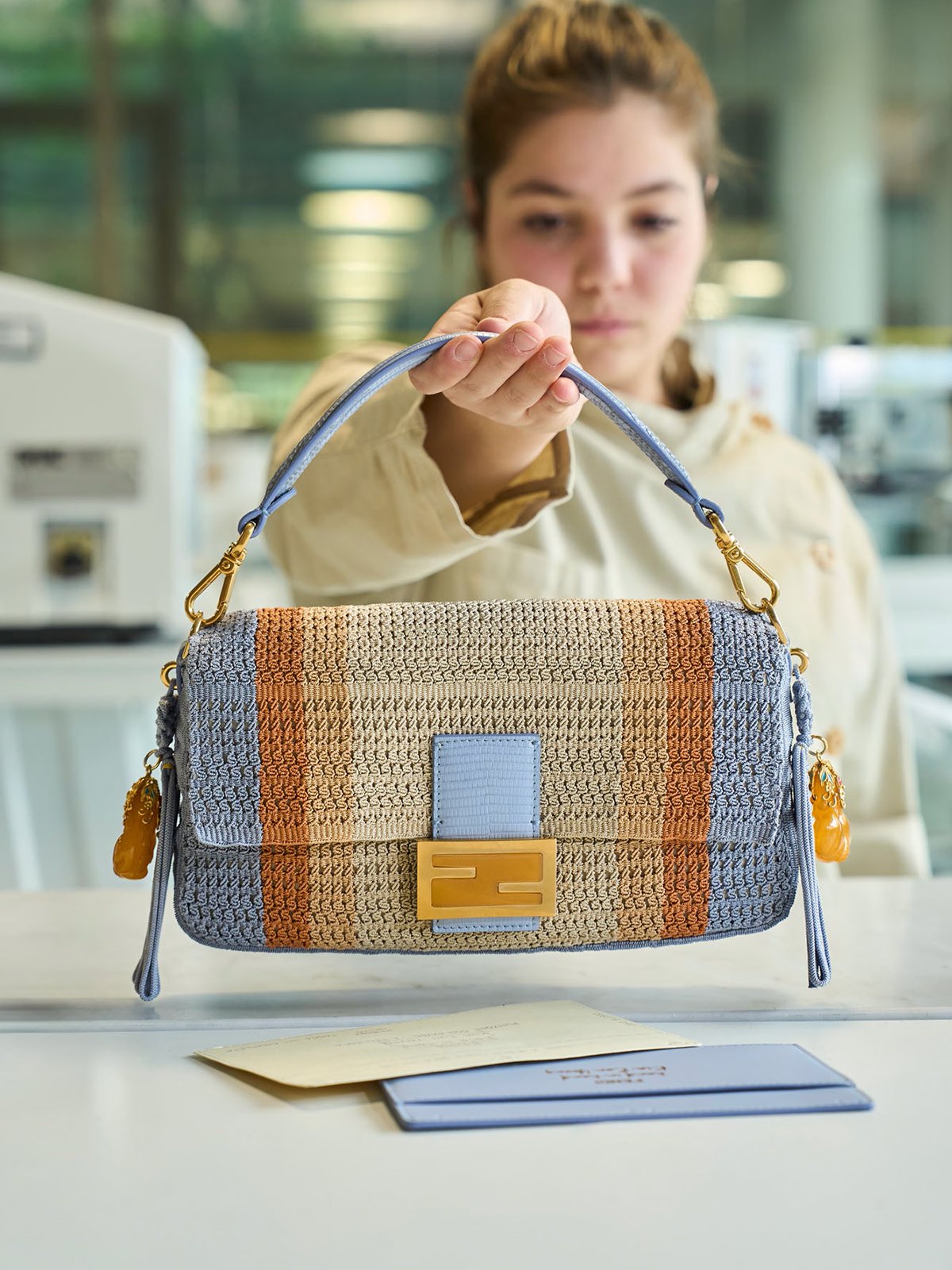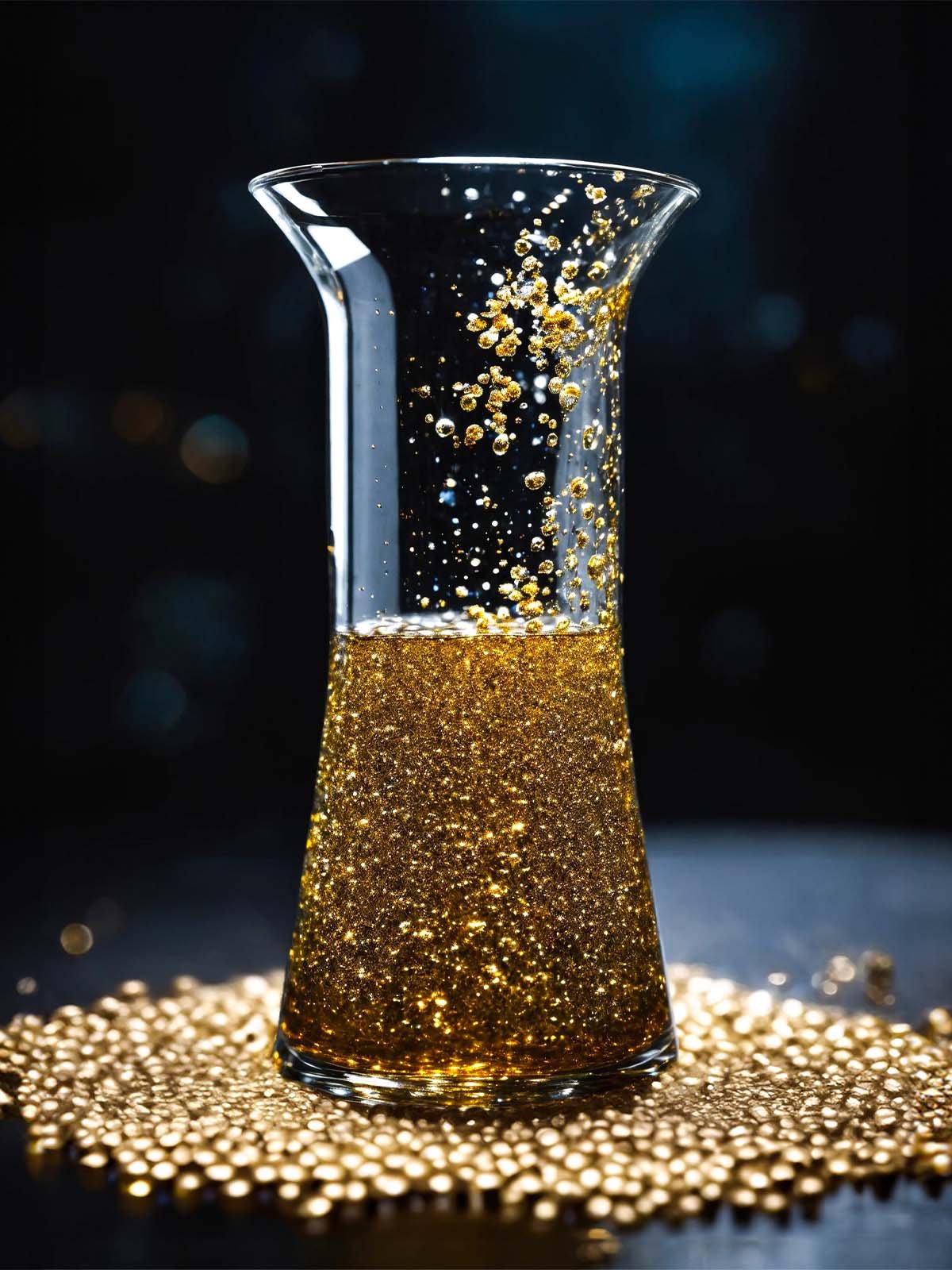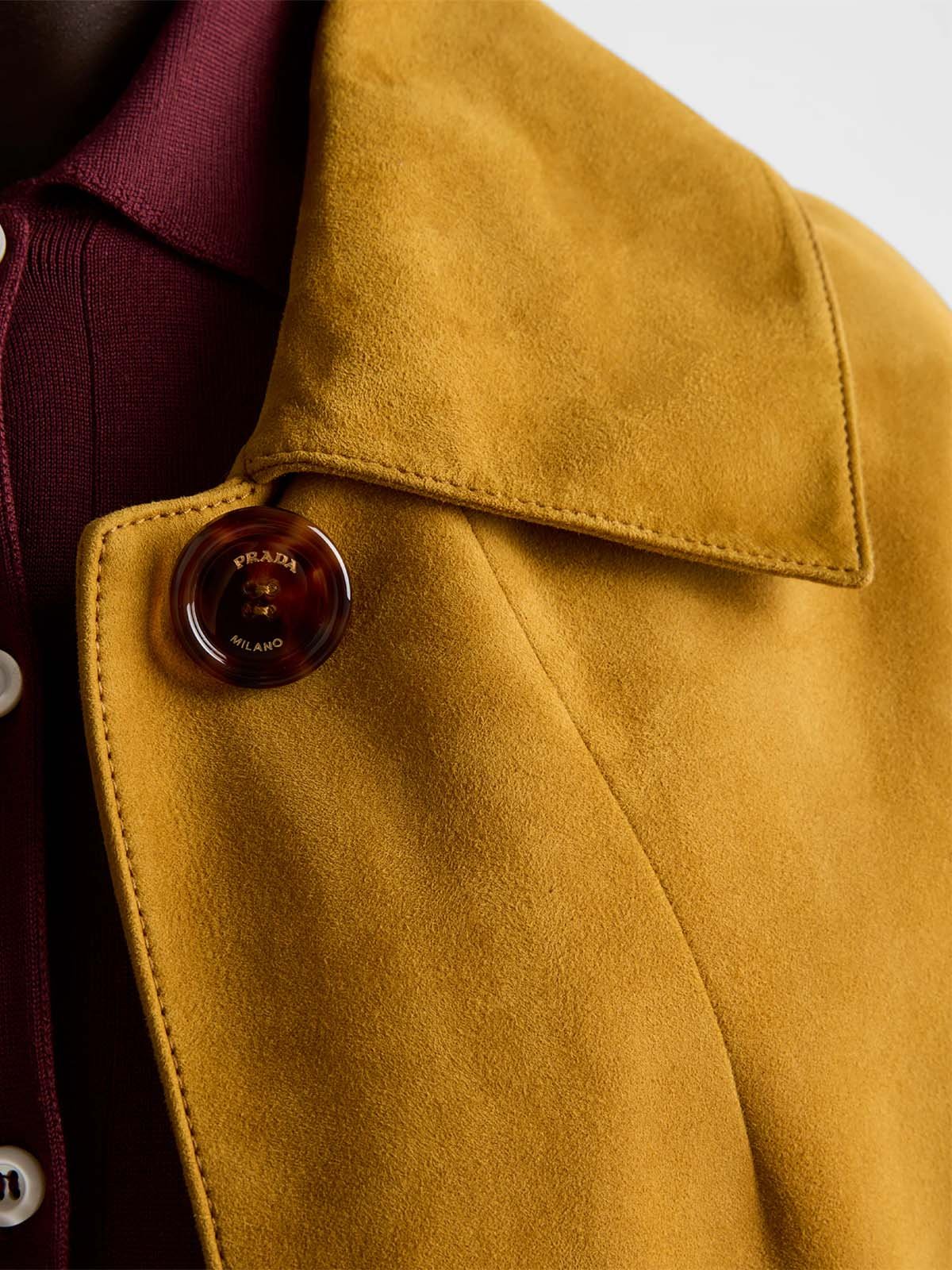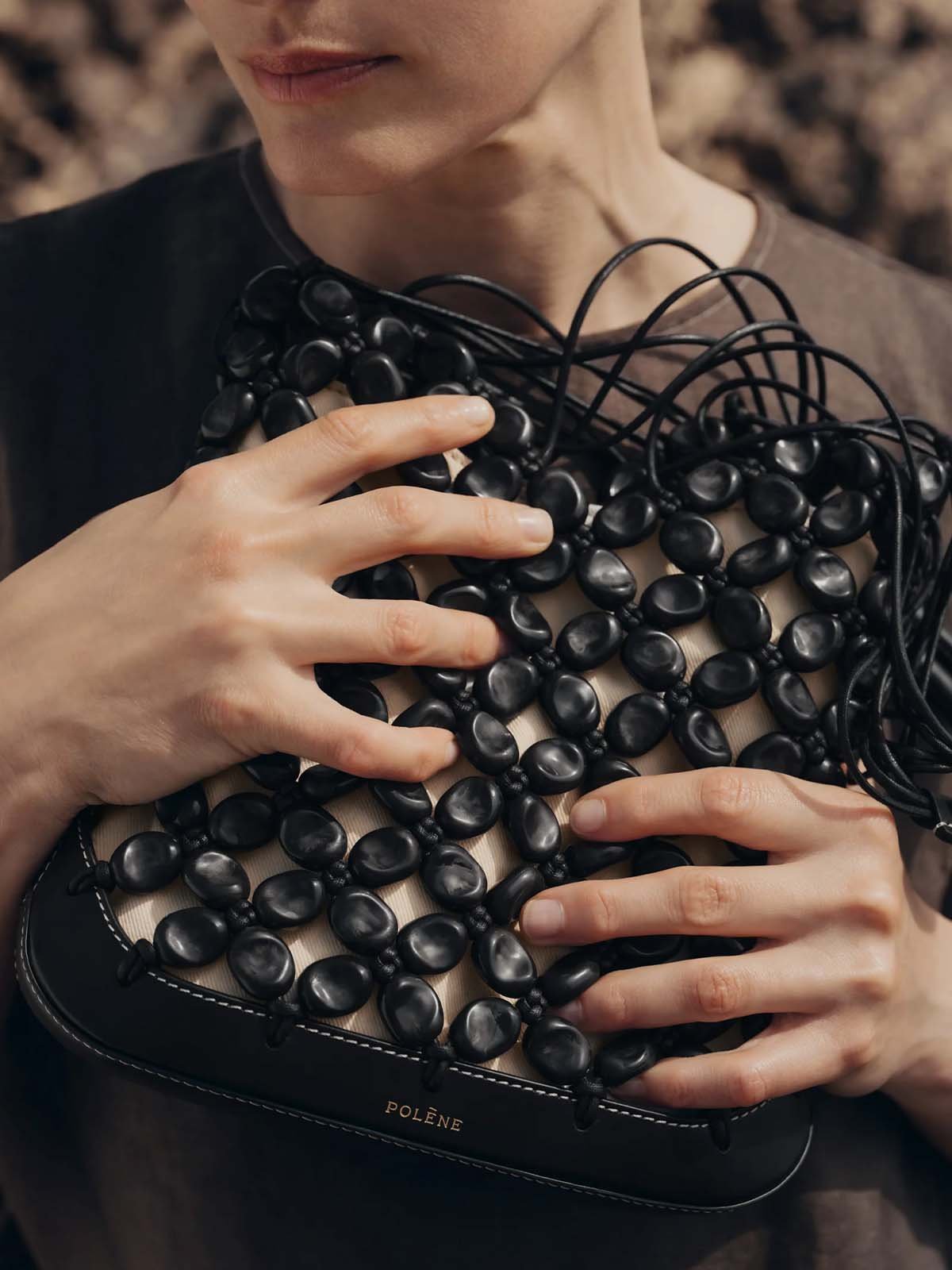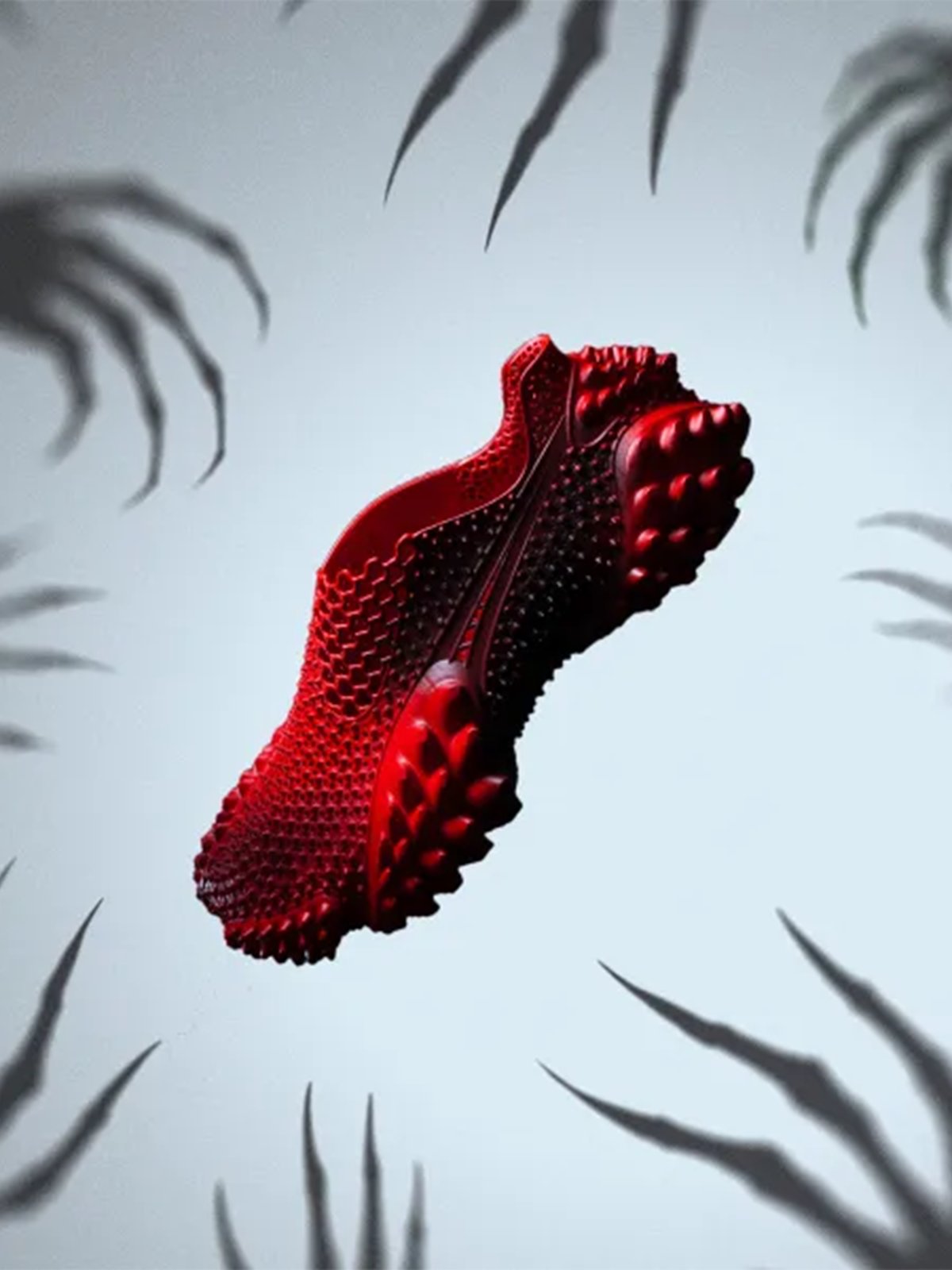News
Why are all brands choosing eel skin?
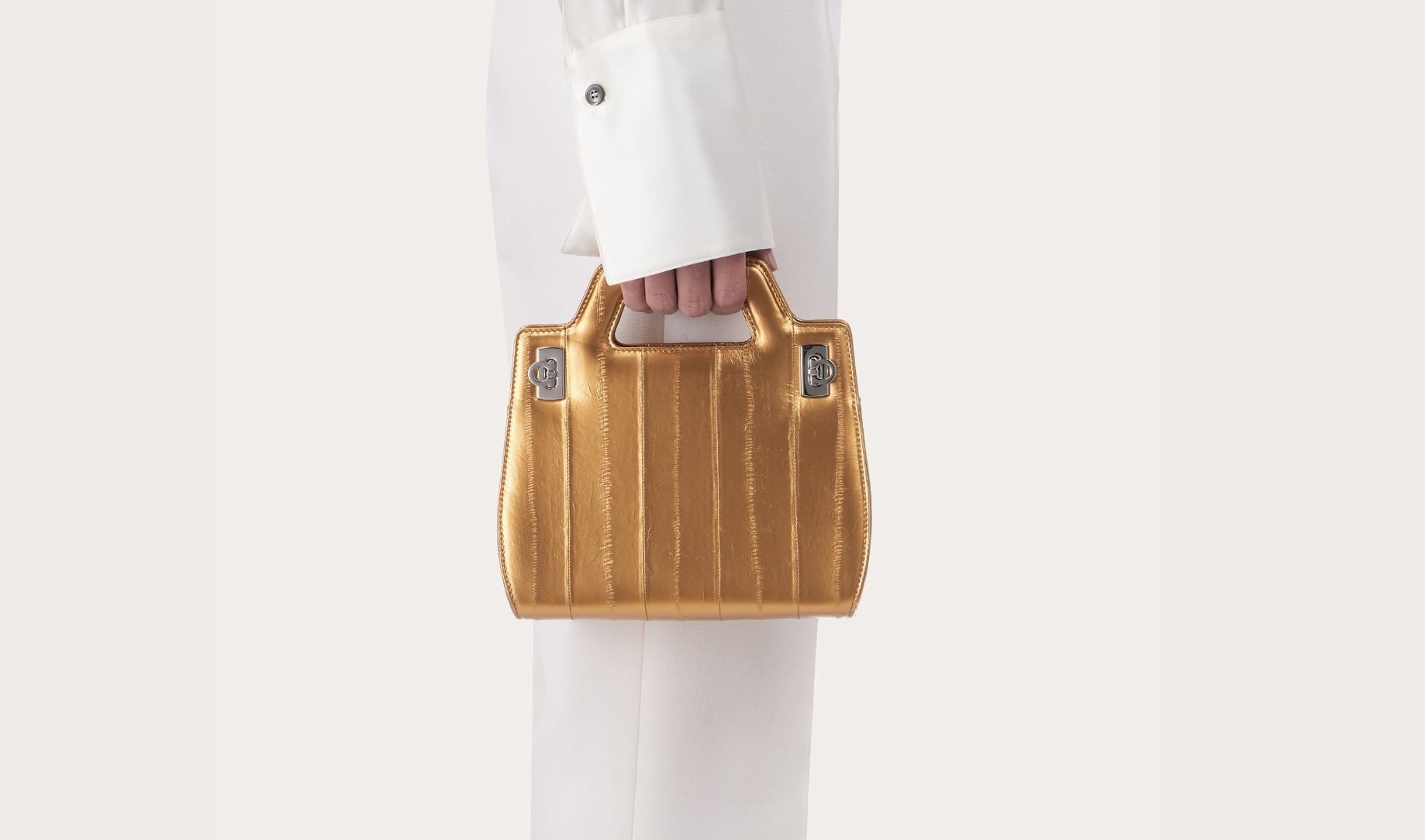

Credit: Ferragamo
We had already seen it in some summer fashion shows, such as at Proenza Schouler, which presented the Flip Shoulder Bag, the City Bag and, later, the Glove boot in this material. And we are now seeing it overpoweringly in winter collections: from Ferragamo for example, which is using it for a new line of hard bags, or Tod's, which is using it for a bucket version of its iconic Di Bag model. Eel skin is, among those defined as “precious,” one of the least known by the general public, yet it seems to be enjoying an unexpected moment of glory this season.
But what exactly is eel skin and what makes it so special? Contrary to its name, this skin is often obtained from Pacific Hagfish, a fish native to the Sea of Japan that is now very common in South Korea. Because it is a popular food item in those countries, the waste hide is sold to the manufacturing industry, thus making the use of this material more sustainable than other exotic skins.
Soft and thin, yet extremely durable, eel skin comes in strips, ideal for making small accessories. For larger items, the strips are sewn side by side to form larger panels, from which the necessary cuts are made. Among its distinguishing features are its natural vertical lines, due to the presence of side fins. Because of its thinness, eel skin is often combined with stronger materials, to which reinforcements are added to ensure a solid structure.
Another distinguishing feature of eel skin is its natural luster. The smooth surface, free of visible scales, produces an iridescent effect that is highly valued in the luxury market. For this reason, the tanning process is particularly gentle and can be done either with chrome or vegetable methods to best preserve the natural qualities of the leather. Despite being a fine leather, it is quite durable: a damp cloth is sufficient to clean it, avoiding harsh or alcohol-based detergents.




